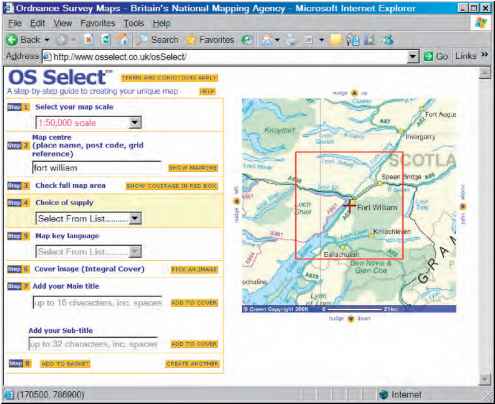Options for varying the core product
For some companies, there may be options for new digital products which will typically be information products that can be delivered over the web. Ghosh (1998) talks about developing new products or adding 'digital value' to customers. The questions he posed still prove useful today:
1 Can I offer additional information or transaction services to my existing customer base? [For example, for a bookseller, providing reviews of customer books, previews of books or selling books online. For a travel company, providing video tours of resorts and accommodation.]
2 Can I address the needs of new customer segments by repackaging my current information assets or by creating new business propositions using the Internet? [For an online bookseller, creating an electronic book service, or a DVD rental service as has been achieved by Amazon.]
3 Can I use my ability to attract customers to generate new sources of revenue such as advertising or sales of complementary products? [Lastminute.com which sells travel-related services has a significant advertising revenue; it can also sell non-travel services.]
4 Will my current business be significantly harmed by other companies providing some of the value I currently offer? [Considers the consequences if other companies use some of the product strategies described above.]
Mass customisation
Using economies of scale enabled by technology to offer tailored versions of products to individual customers or groups of customers.
Prosumer
'Producer + consumer'. The customer is closely involved in specifying their requirements in a product.
Of course, the markets transformed most by the Internet are those where products themselves can be transformed into digital services. Such products include music (download or streaming of digital tracks - see the Napster case study at the end of the chapter), books (electronic books), newspaper and magazine publishing (online access to articles) and software (digital downloads and online subscription services).
Rayport and Sviokla (1994) describe transactions where the actual product has been replaced by information about the product, for example a company providing oil drilling equipment focusing instead on analysis and dissemination of information about drilling.
The Internet also introduces options for mass customisation of products. Levi's provide a truly personal service that dates back to 1994, when Levi Strauss initiated its 'Personal Pair' programme. Women who were prepared to pay up to $15 more than the standard price and wait for delivery could go to Levi's Stores and have themselves digitised - that is, have their measurements taken and a pair of custom jeans made and then have their measurements stored on a database for future purchases.
The programme achieved a repeat purchase rate significantly higher than the usual 10-12 per cent rate, and by 1997 accounted for a quarter of women's jeans sales at Levi's Stores. In 1998 the programme was expanded to include men's jeans and the number of styles for each was doubled - to 1500 styles. This service has now migrated to the web and is branded as Original Spin.
Mass customisation or personalisation of products in which a customer takes a more active role in product design is part of the move to the prosumer. An example is provided in Figure 5.2. Further details are given in the box.

Figure 5.2 Customising maps according to customers' preferences
Source: Ordnance Survey OS Select (www.osselect.co.uk)
Figure 5.2 Customising maps according to customers' preferences
Source: Ordnance Survey OS Select (www.osselect.co.uk)
Continue reading here: Options for changing the extended product
Was this article helpful?
Readers' Questions
-
ahmed10 months ago
- Reply
-
gorhendad goold1 year ago
- Reply
-
jennifer1 year ago
- Reply
-
Mario1 year ago
- Reply